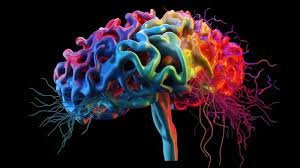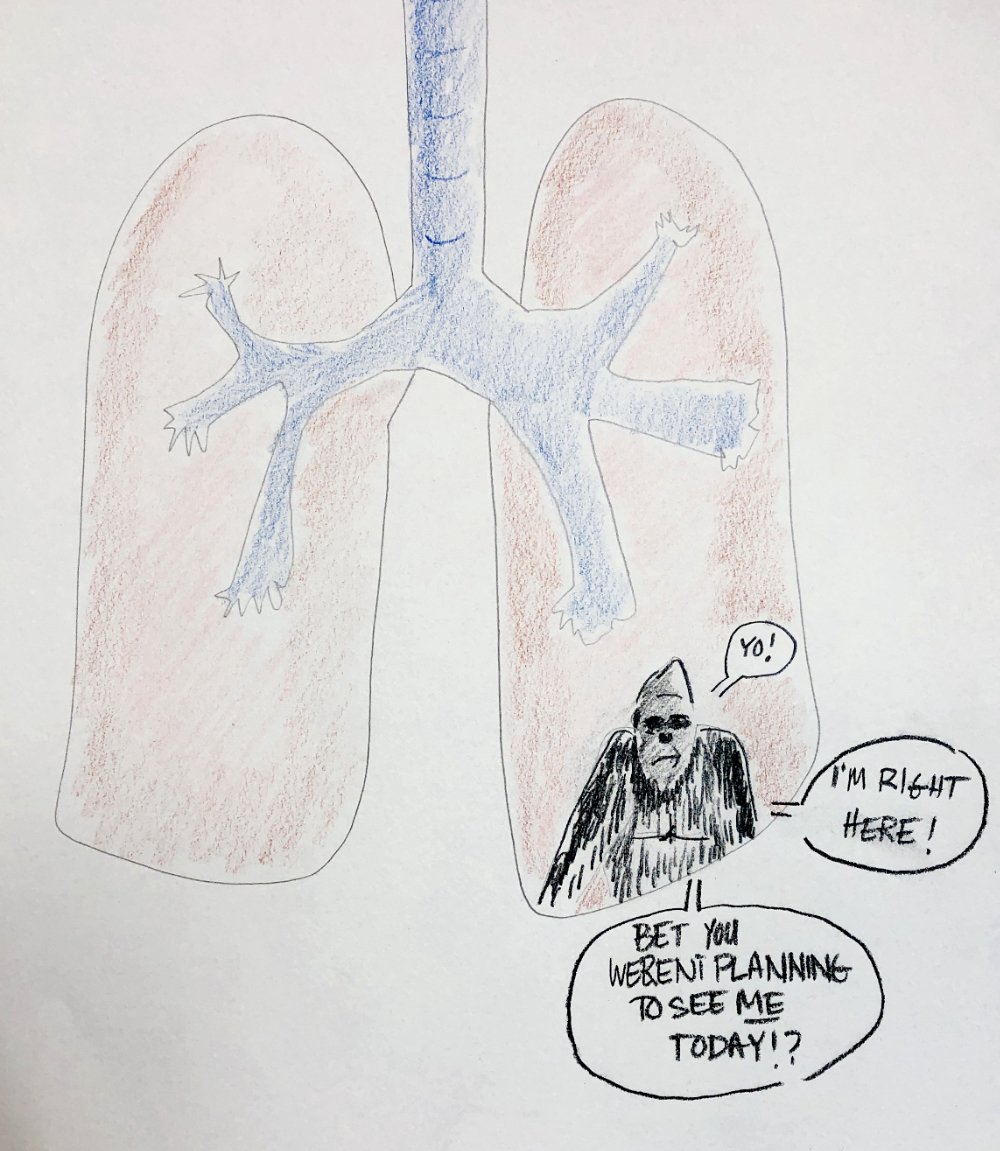
Making Art Is Good for Your Brain
Making art isn’t just a creative outlet—it’s a brain booster! Recent studies are now backing up what many of us have known intuitively for years: creating art enhances brain function. Whether you're a youngster, an older adult, or somewhere in between, the process of making art has positive cognitive effects. A study focused on newly retired individuals (ages 62-70) found that engaging in art-making can delay or even reverse age-related cognitive decline. In contrast, simply learning about art through appreciation showed no such benefits. The key lies in the active "doing" of art, which engages your hands, eyes, and brain in complex ways. This form of global thinking helps improve cognitive function by combining small details with the big picture. Don't just read about it—get your hands in the paint, and boost your brain!

Visual Problem Solving Tricks: A Moving Pencil = Access to New Solutions
Doodling isn't just for fun—it's a proven way to boost focus, comprehension, and memory retention. Studies show that doodling helps prevent daydreaming, keeping the mind engaged and aiding in the absorption of new information. Handwritten notes, especially when paired with doodles, improve retention and help individuals better reconstruct learned concepts over time.
Next time you or your child need a mental reset, encourage doodling. It’s a simple yet effective way to improve learning and productivity.

Feeling Stuck While Learning to Draw: How to Turn a Major Meltdown Into a Brilliant Breakthrough!
If you're passionate about learning to draw, it's inevitable: some days will feel like a struggle. As artists, we sometimes face the "uncanny valley" of drawing—when your creation just doesn't match the vision in your head, leading to frustration and self-doubt. But this is part of the process! Even young artists like Emily experience these challenges. Through understanding emotions, like anger or disappointment, and embracing the struggles, breakthroughs happen. Drawing isn't just about technical skills, it's about persistence, self-awareness, and accepting the messy parts of the creative journey. If you’ve ever felt stuck, remember—embrace the bumps, and breakthroughs are just around the corner!

Increased Neural Matter? Yes, Please!
Drawing isn’t just for artists—it's a brain-boosting activity that enhances visual imagery, fine motor skills, and procedural memory. Studies show that artists have more neural matter in key areas of the brain, confirming what I've observed for years: drawing strengthens problem-solving abilities. Procedural memory, the brain’s "how-to" memory, plays a vital role in daily tasks and learning new skills. At LZM Studio, drawing helps both kids and adults improve cognitive function, creativity, and real-world problem-solving. Drawing exercises both sides of the brain, making it a powerful tool for development in school, work, and life.

How Drawing Is Like Juggling; How Both Are as Difficult to See as a Gorilla on a Radiology Image
Drawing and juggling are both "global skills" that require the integration of smaller component skills. Like a juggler coordinating hands, eyes, and brain to keep objects in motion, an artist must balance elements like line direction, shading, and texture. However, beginners often struggle to focus on all components at once, leading to frustration.
A study of radiologists missing a "gorilla" in medical images illustrates how the brain filters out irrelevant details when focused on a task. Similarly, drawing requires practice and focus to master, much like juggling. With time, both skills improve, sharpening your cognitive abilities and perception.

Will Learning to Draw as a Child Change Your Brain as an Adult?
Many wonder if learning to draw as a child can change your brain as an adult. From my experience teaching kids, I can confidently say it does. Drawing helps children see the world differently, creating lasting cognitive changes.
A Northwestern University study shows that childhood music lessons result in long-term brain changes in adults. Could drawing have a similar impact? It’s a question worth exploring!
Want to Learn More?
Read the study on childhood learning and its effects on adult brain function. Click here to explore!

Drawing & Mindfulness
This weekend, I led a drawing meditation workshop at Dharmata Sangha of Austin, using classical line drawing to cultivate mindfulness. Through art, participants learned to quiet the mind and enhance their meditation practice. Over my 20 years as an artist, I’ve found that drawing helps calm the "loud mind syndrome," fostering presence and creativity. These workshops aren’t about creating art but about experiencing the peace of being fully engaged in the process. The true benefit is the mindfulness achieved through the act of drawing.
